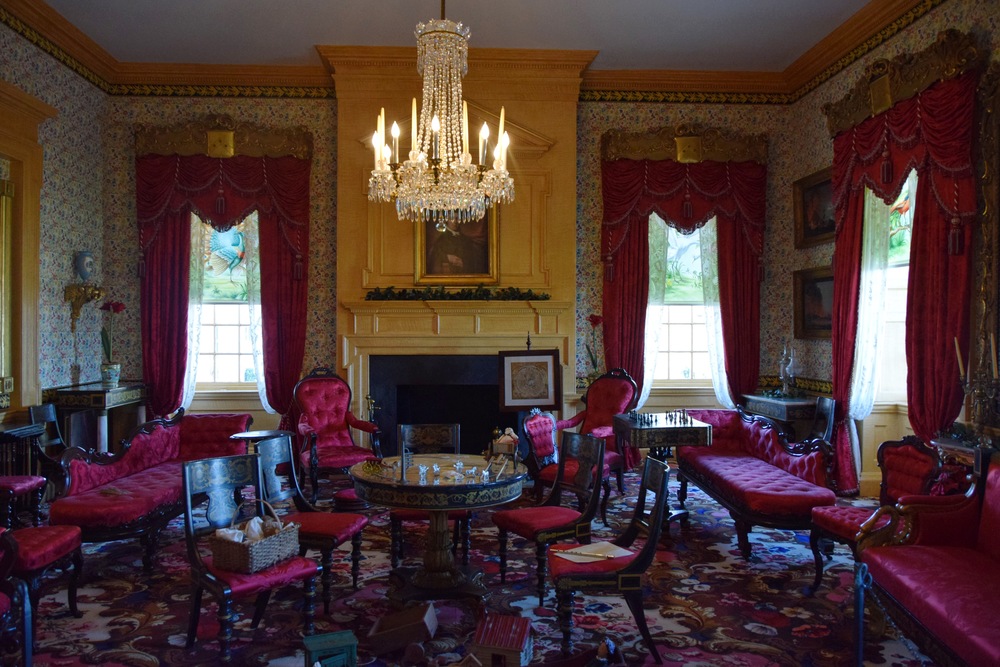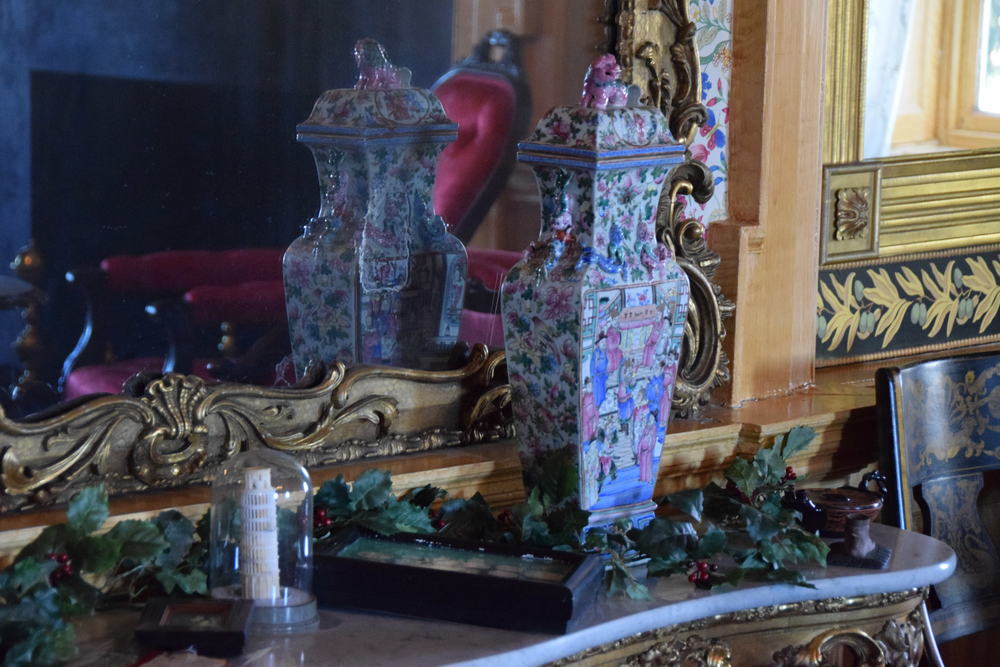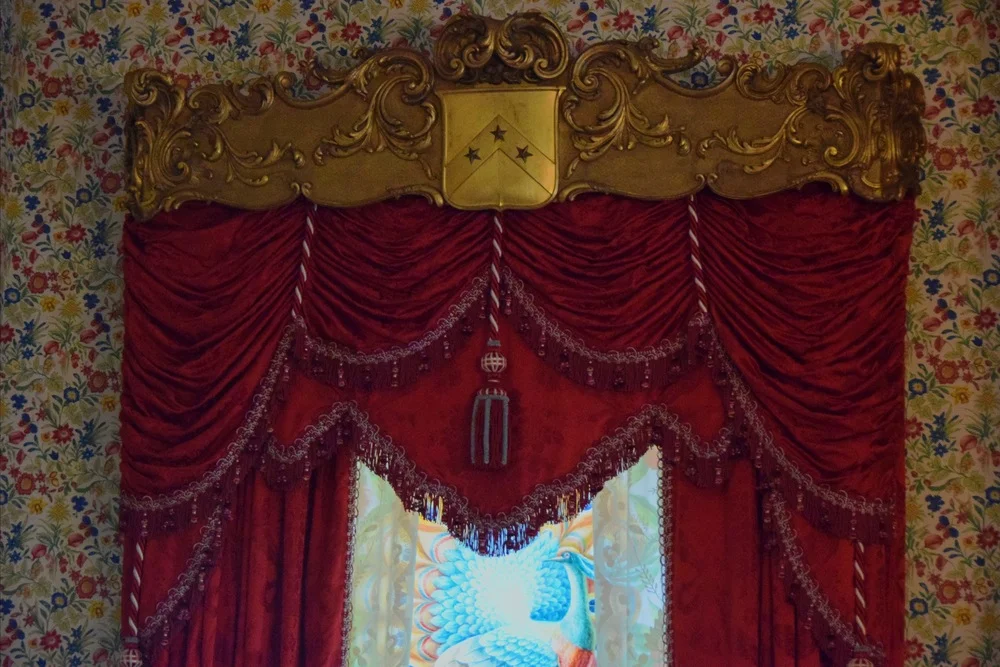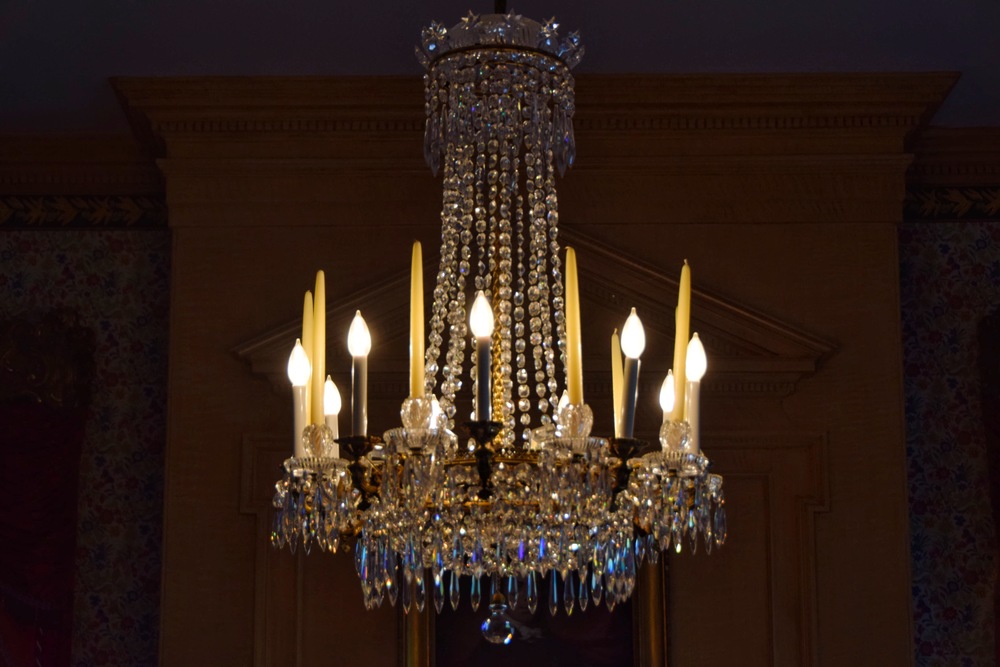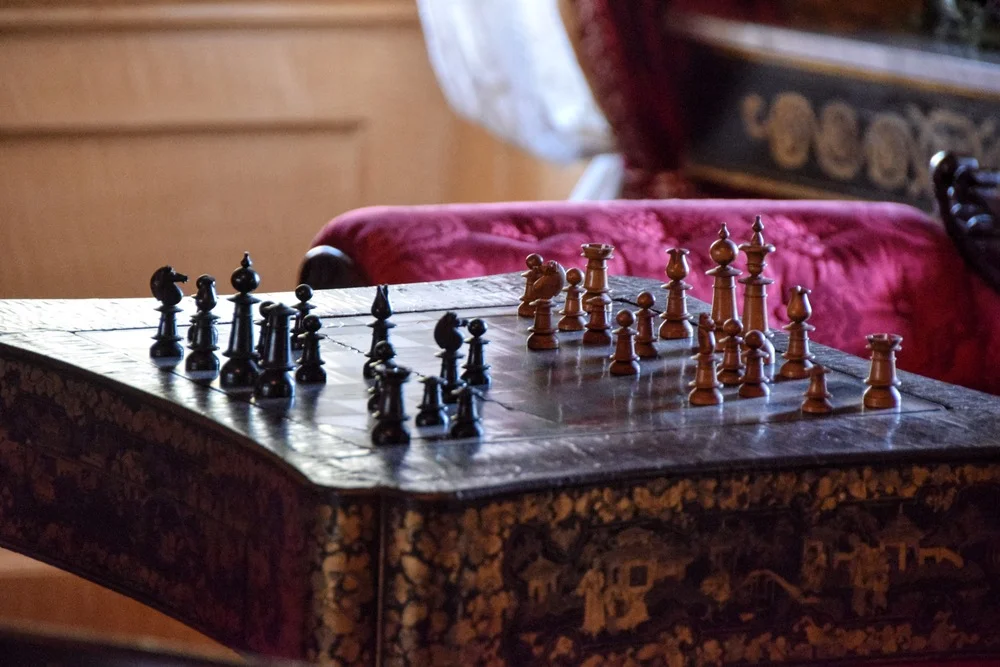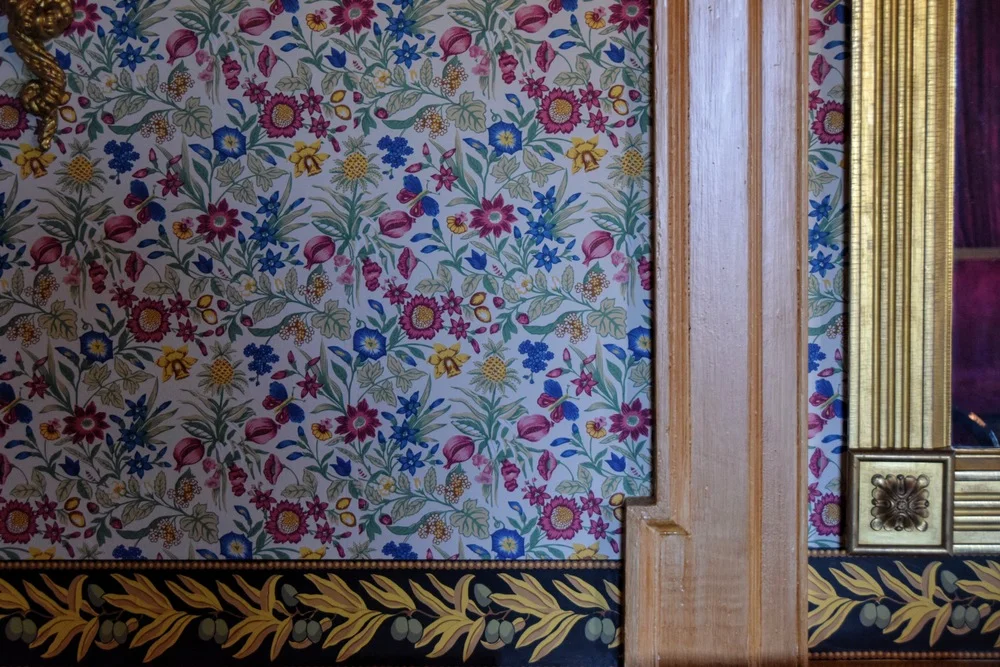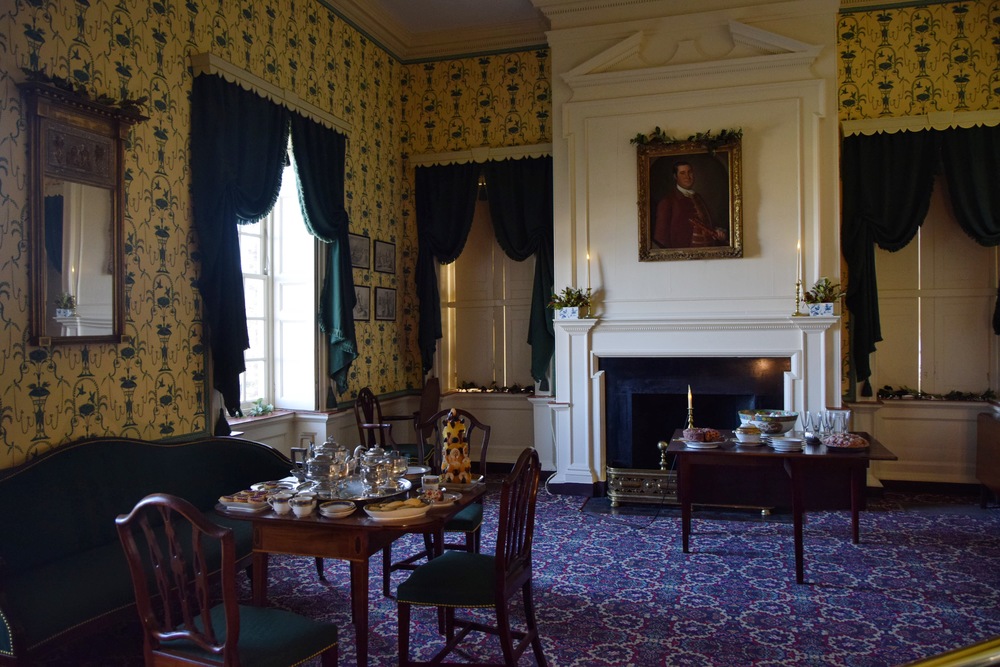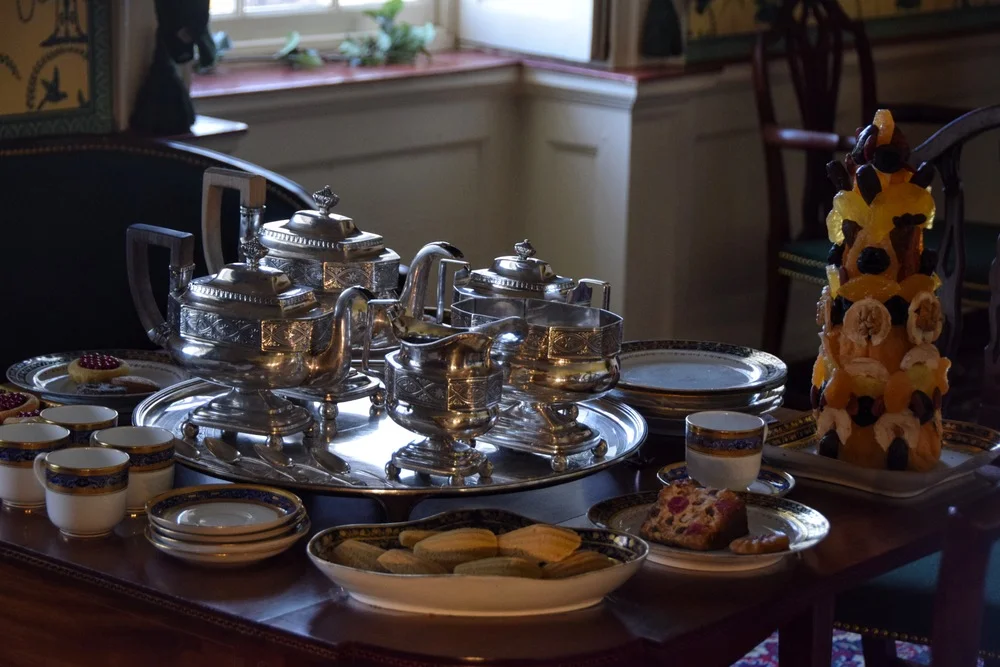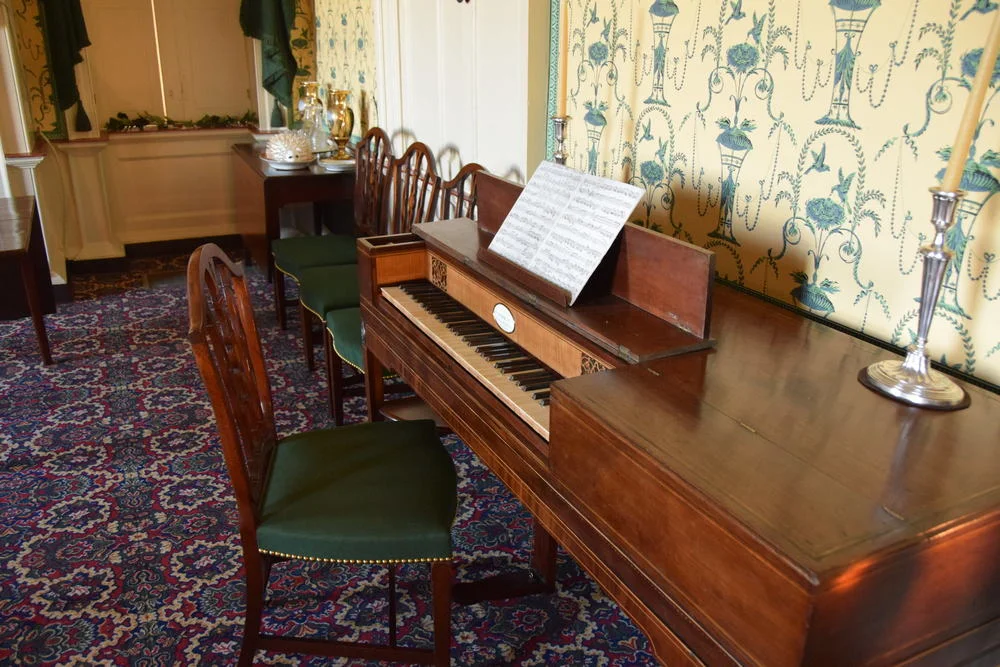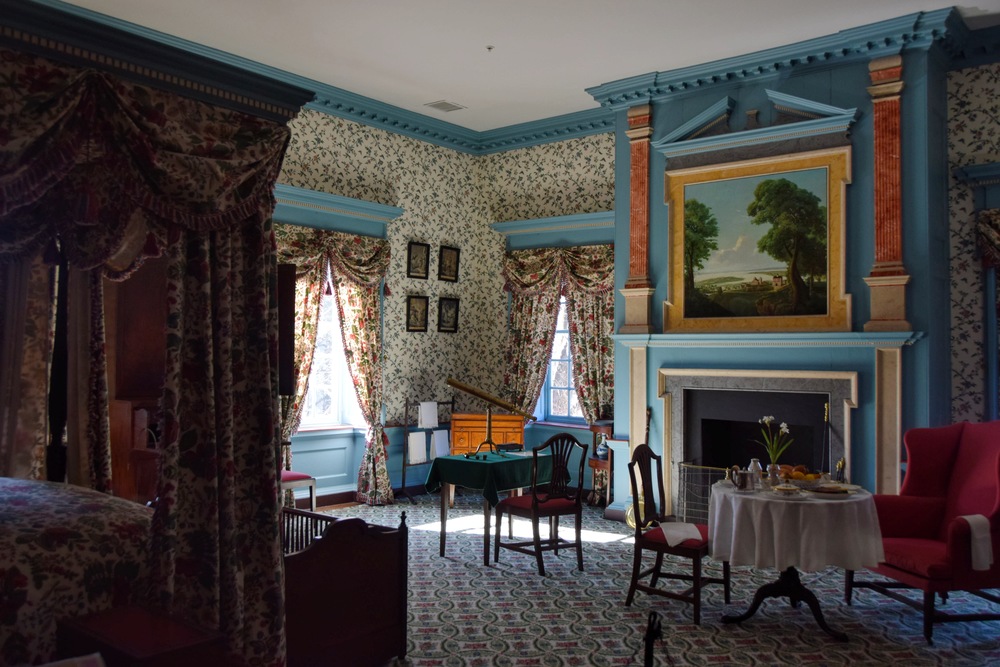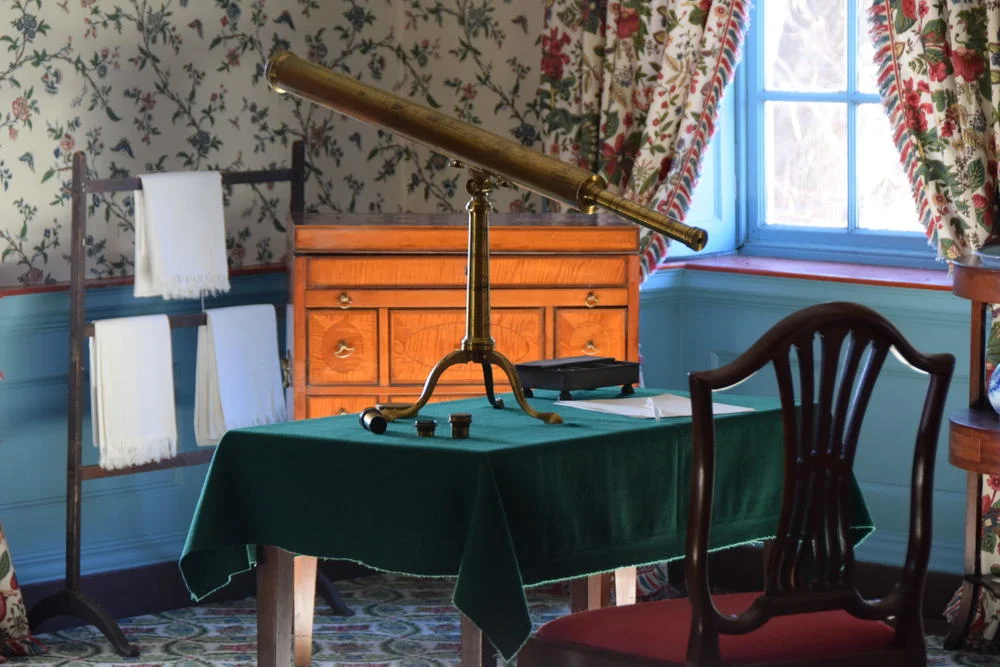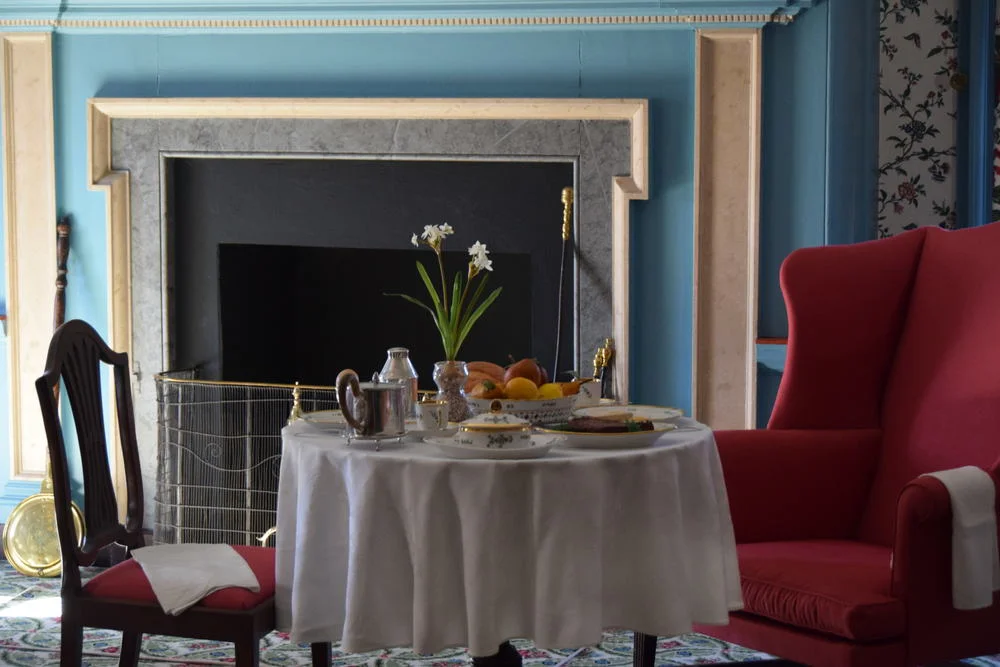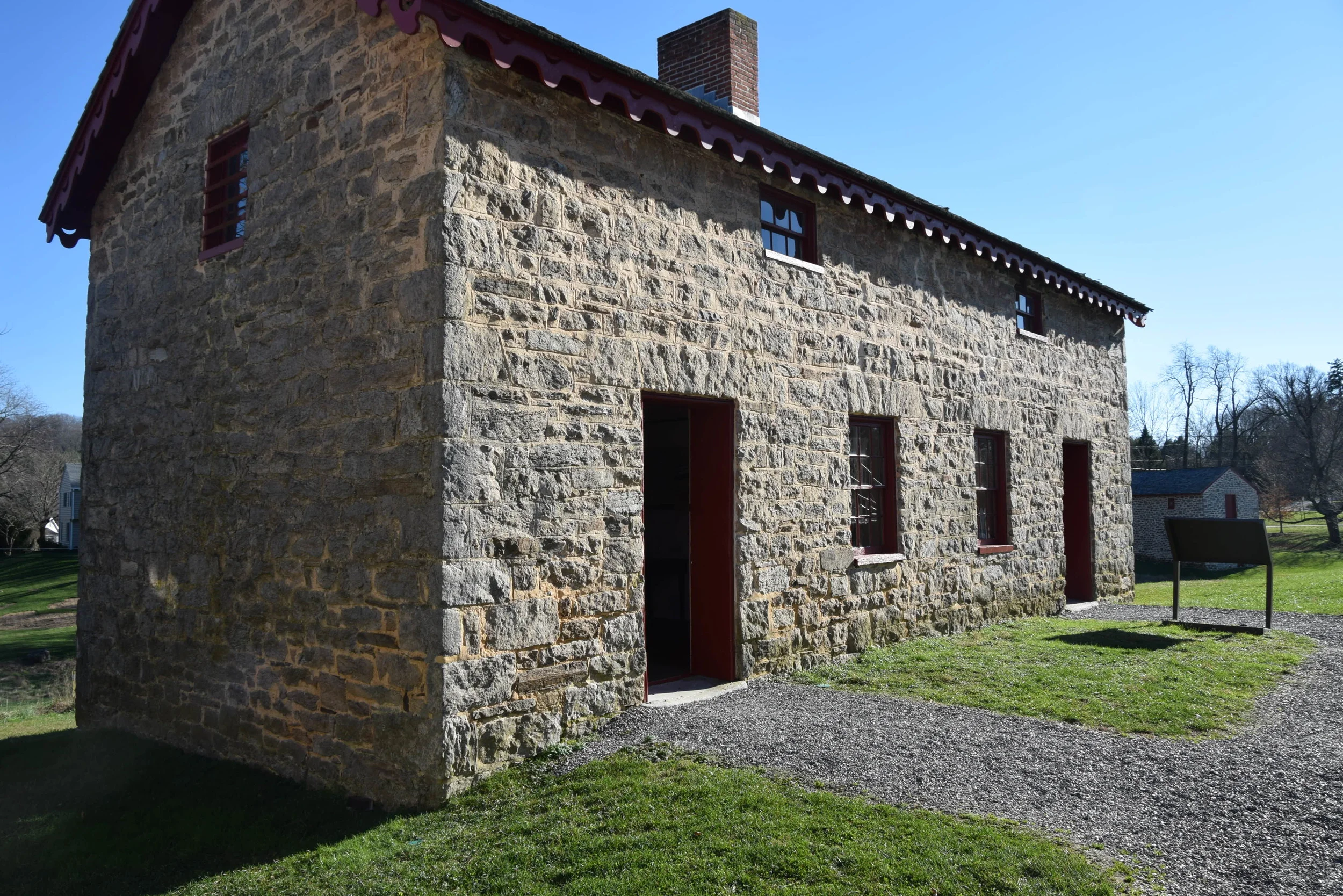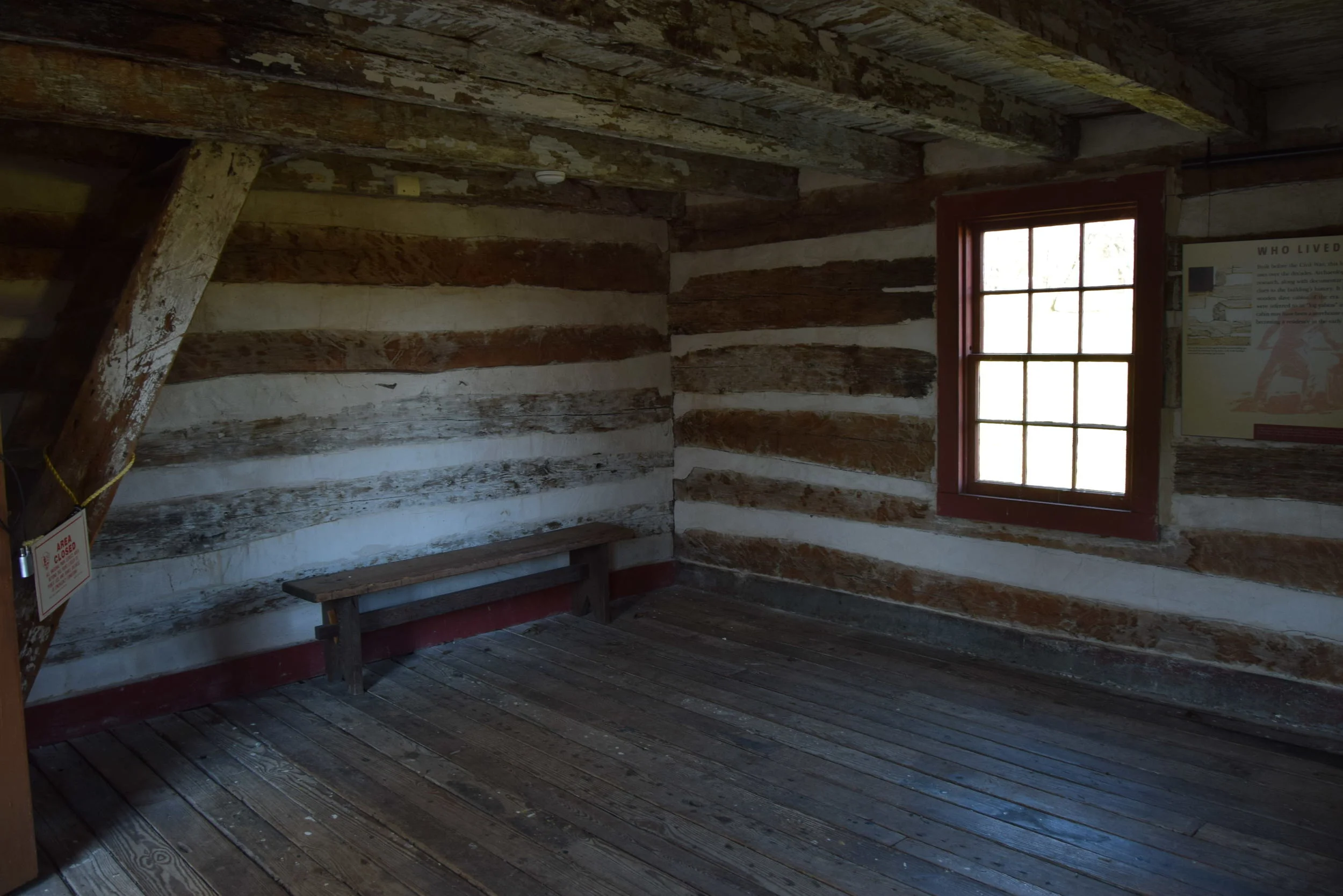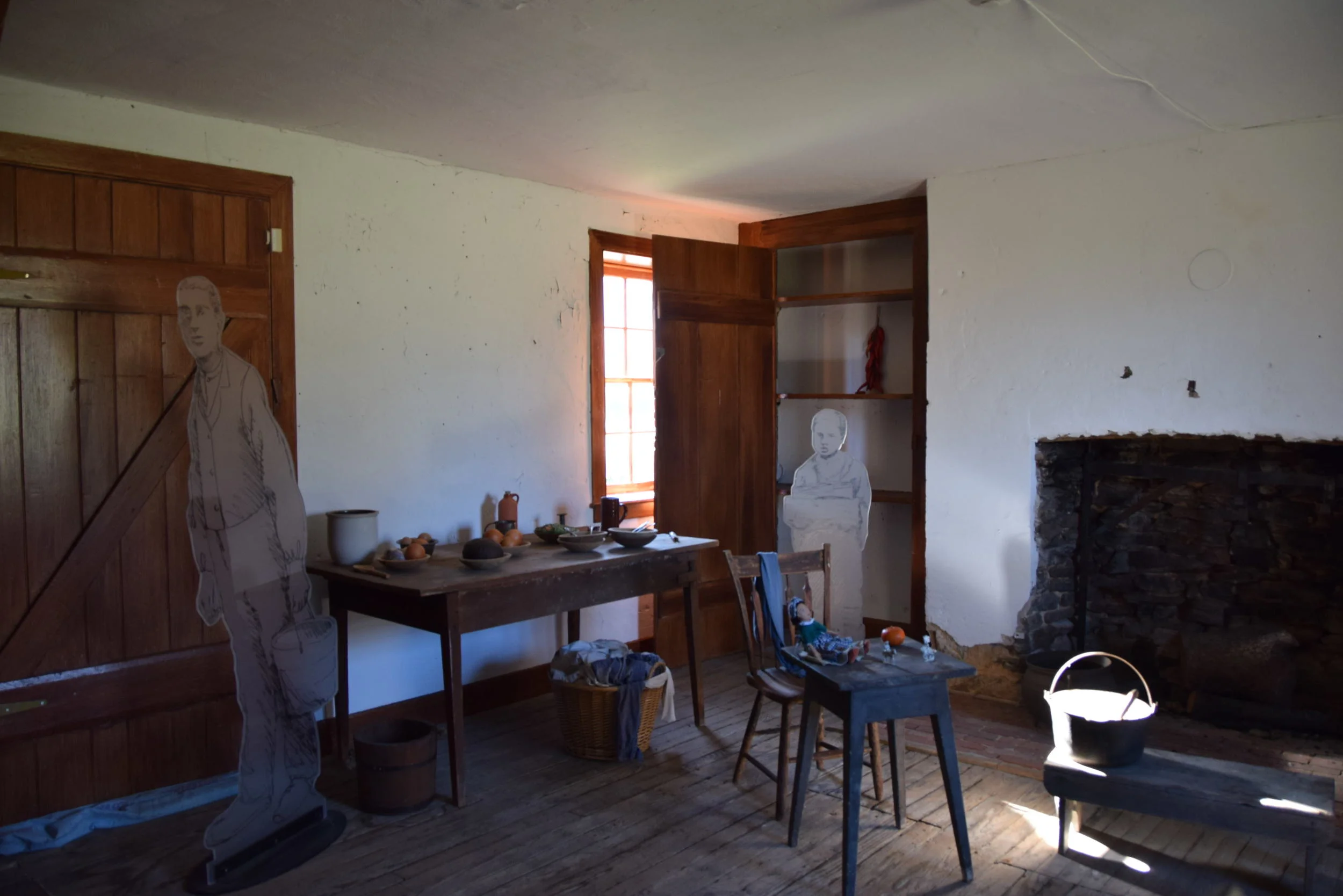Most people have the idea that you have to wander around the Deep South to see an actual plantation. Ok. Let me speak for myself. I thought that. And I once made a point to drive an hour from New Orleans to see Plantation Row in Edgard, Louisiana. Another time, I drove 4.5 hours from Atlanta to Low Country, South Carolina to see Magnolia Plantation.
Turns out, I could have driven 45 minutes from where I grew up and BOOM: Hampton Estate. In its heyday the owners, the Ridgelys, had 25k acres of Baltimore's finest land— for the locals, that includes Lutherville, White Marsh, and parts of Baltimore City— and 300+ enslaved men and women, white and black, to work their grounds.
Who knew?
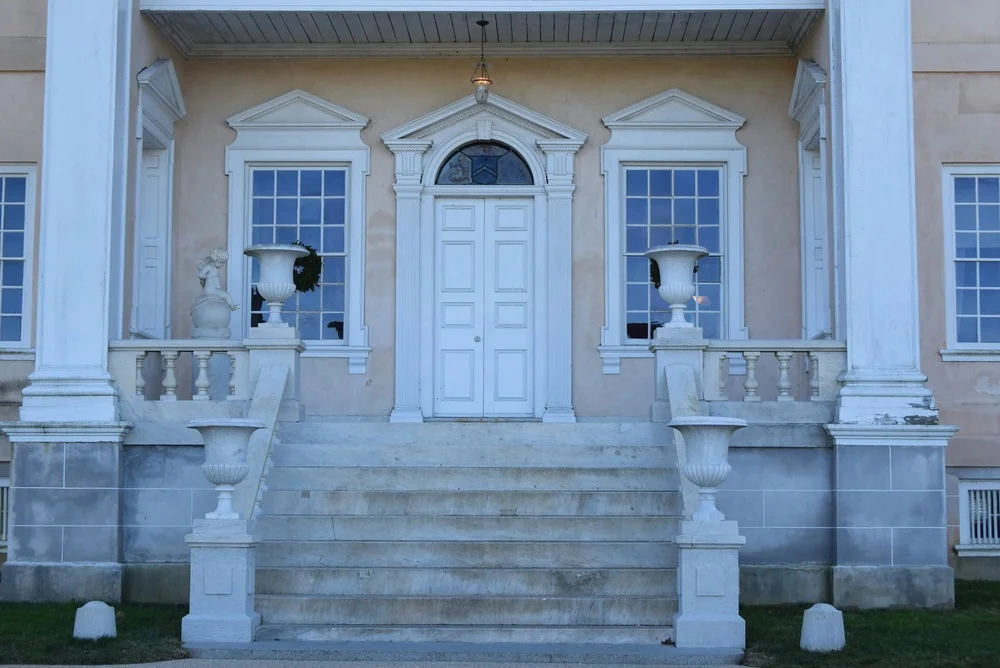
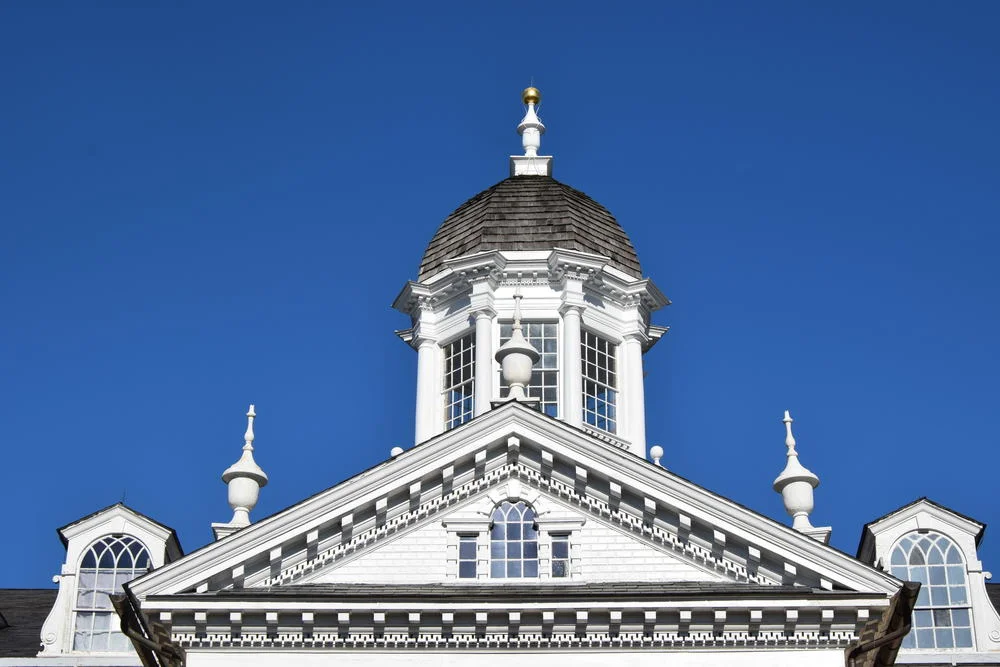
Most people have the idea that you have to wander around the Deep South to see an actual plantation. Ok. Let me speak for myself. I thought that. And I once made a point to drive an hour from New Orleans to see Plantation Row in Edgard, Louisiana. Another time, I drove 4.5 hours from Atlanta to Low Country, South Carolina to see Magnolia Plantation.
Turns out, I could have driven 45 minutes from where I grew up and BOOM: Hampton Estate. In its heyday the owners, the Ridgelys, had 25k acres of Baltimore's finest land— for the locals, that includes Lutherville, White Marsh, and parts of Baltimore City— and 300+ enslaved men and women, white and black, to work their grounds.
Who knew?
Hampton Estate was owned by the Ridgely family from 1745 to 1948. The original owners of the estate made the family fortune providing cannons and balls during the Revolutionary War.
The mansion, considered to be one of the finest examples of Georgian architecture in the United States, was the first site selected as a National Historical Site for its architectural significance by the U.S. National Park Service. And the aforementioned 25k acres contained an enormous farm that produced corn, beef cattle, dairy products, hogs, and horses.[More than 300 slaves—white and black— worked the fields and household, making Hampton one of Maryland's largest slaveholding estates
My tour guide, a Black woman with locs and who had legally changed her government name to a Ghanaian one (that should tell you a lot, and if you look closely in the next set of pics, you can see her reflection in a mirror), was mindful to point out The Ridgelys were “equal opportunity oppressors” in that they enslaved black and white folk alike. The guide said she’d come across “wanted ads” from the estate that described black and white people as wearing neck irons. She also mentioned that while the size of the enslaved population on the Ridgelys estate is what is often depicted in films about the time period, the vast majority of slave owners had less than ten enslaved people. That doesn't make it better. Just more accurate.

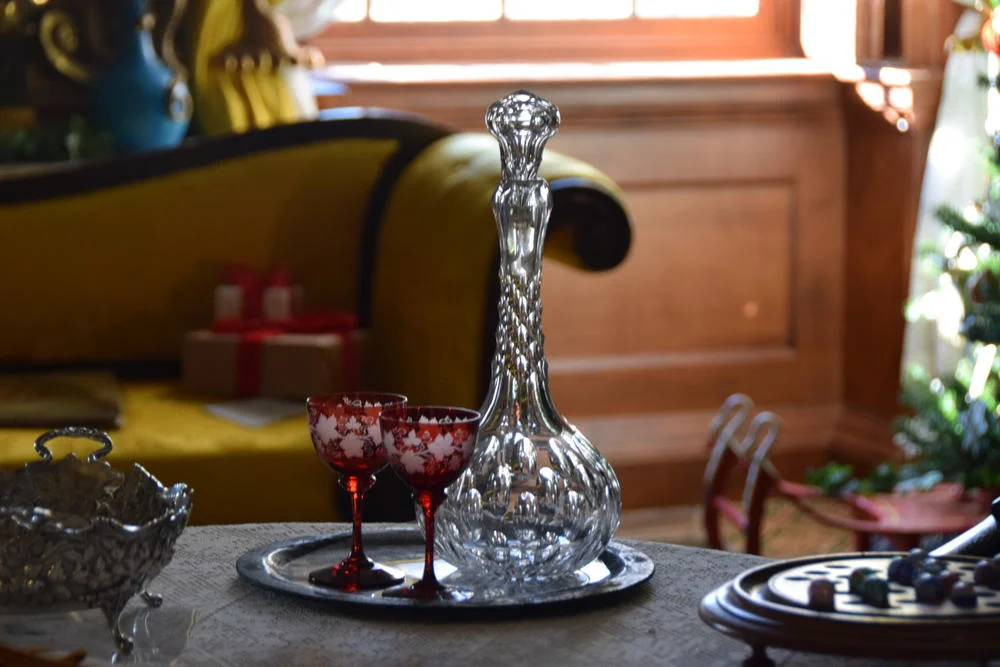
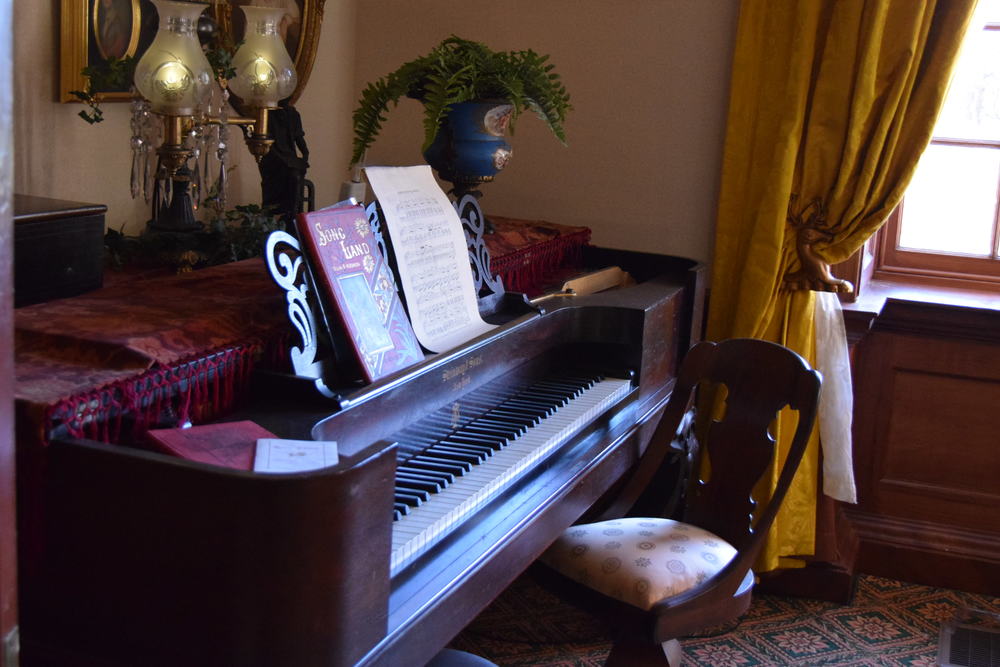
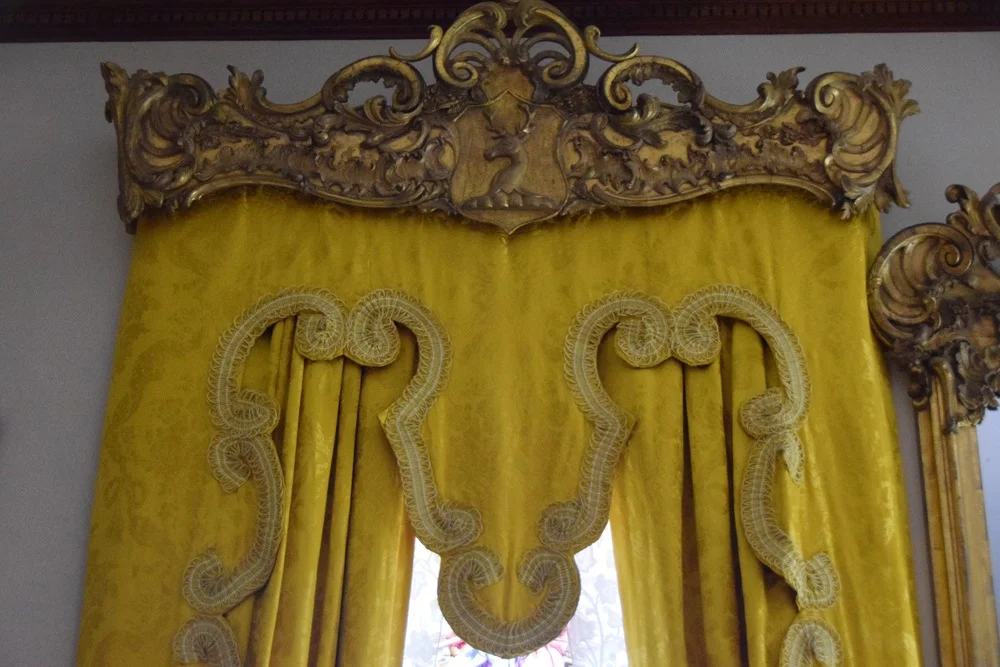
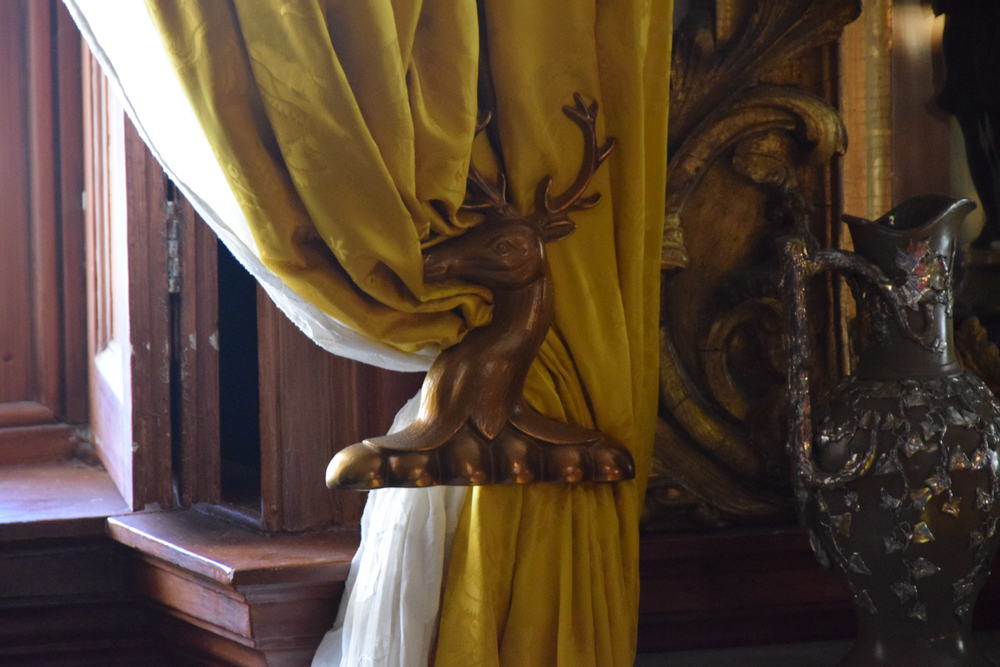
We began our tour in the living room. When the estate was turned over to the state of MD, the family turned over all the furnishings. Most-- but not all-- of what you see belonged to the Ridgelys, or at the every least is based on the time period they occupied the home in its heyday. It goes without saying that there has been interpretation during the restoration of the house.
The actual entrance to the house is a foyer/long hallway. There's a matching door at the other end. In the summer, the family-- or, er, their enslaved workers, would open both doors to get the ill cross breeze.
This was my favorite room in the house. It's designed in the Rococo style that originated in Paris in the 18th Century. That's the technical term for a lot of patterns and walking that fine line between ornate and gaudy. This room might border on gaudy, though. Hmmm.. Still love it. I took a million pictures of the wallpaper and carpet.
I love the wallpaper and the carpet. I can't remember the formal use of this room. Going to guess, given the food on the table, that it's a breakfast room? I know it's not the formal dining room because that's the next pic.
Fun fact: until the 1790s or so, paint only came in natural colors, then folks finally figured out how to make color by adding chemicals. The most popular of those colors was this brilliant blue that took a lot of chemical, and a lot of money. So, if you had blue paint in your home, it was a not-so-subtle way to let folks know you were ballin'. The Ridgleys went overboard. Not only is the formal dining room turquoise, so is one of the main bedrooms.
The stairs on the second level, leading to the third that we didn't get to see. :-( I liked the carpet. I've realized I have a thing for textiles.
If Mrs. Roper's (Three's Company) wardrobe was inspired, this would be the source. There was a telescope in the room, so I'm guessing this was a recreation of the owner's Master bedroom, not his wife's.
Notice the trim is the same turquoise that occurs in the dining room, despite it not matching the floral decor at all. Sigh. But somehow it works. You know how like when you're so hungry that you stop being hungry. It's like so bad, that it goes a full 360 and then some and goes into kinda-cool territory.
So that's it for the interior highlights. After the tour, I wandered outside to see the much talked about gardens:
I'm pretty impressed. They look like this in January. Imagine April or May.
The back of the house was pretty impressive too:
And then I went across the street to see the slave quarters. They're much hyped because they are made out of stone. Our guide says that some people take that as a sign that the owners were more benevolent to the enslaved workers. She insisted that wasn't so. They're made of stone solely for the decor. Who wants to look out their window and see dilated housing? So the enslaved men and women lived here:


